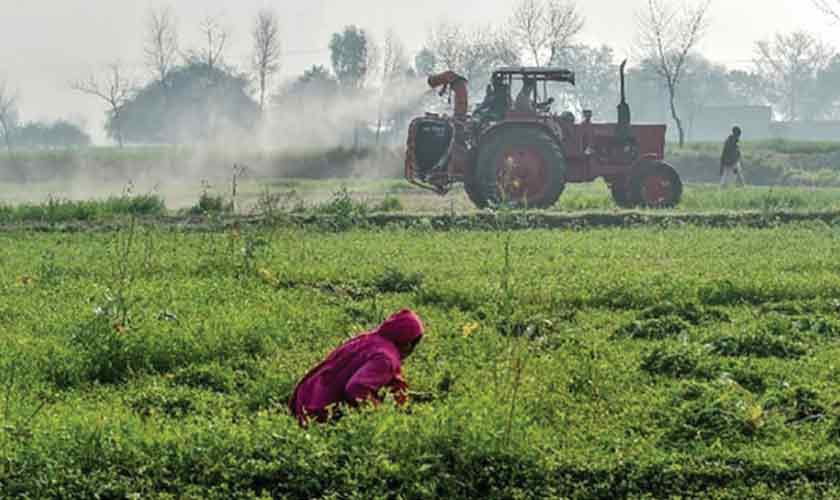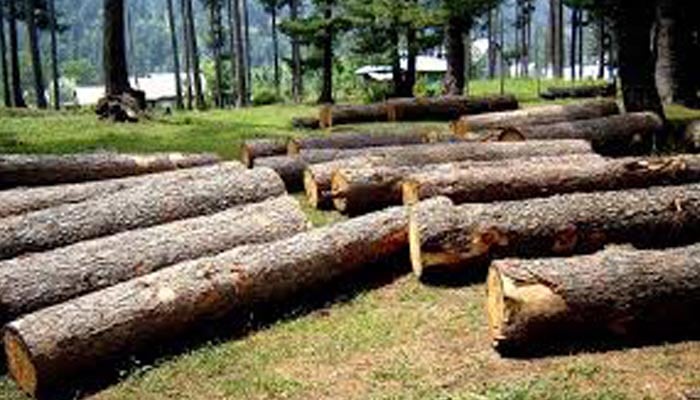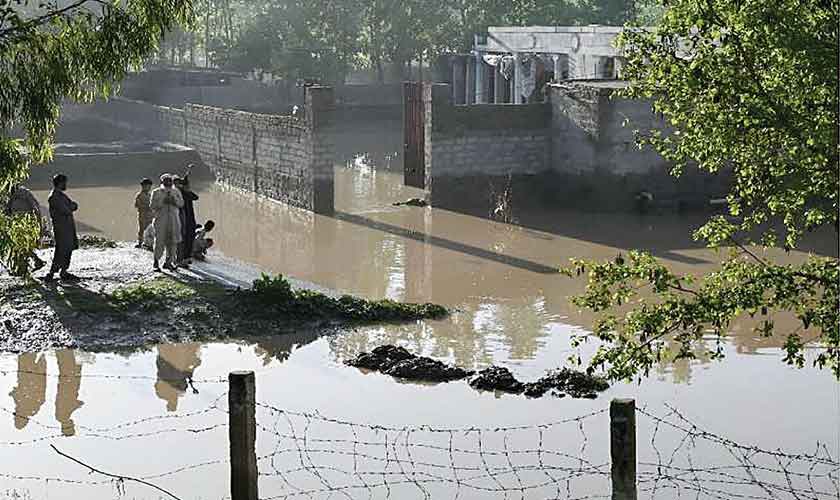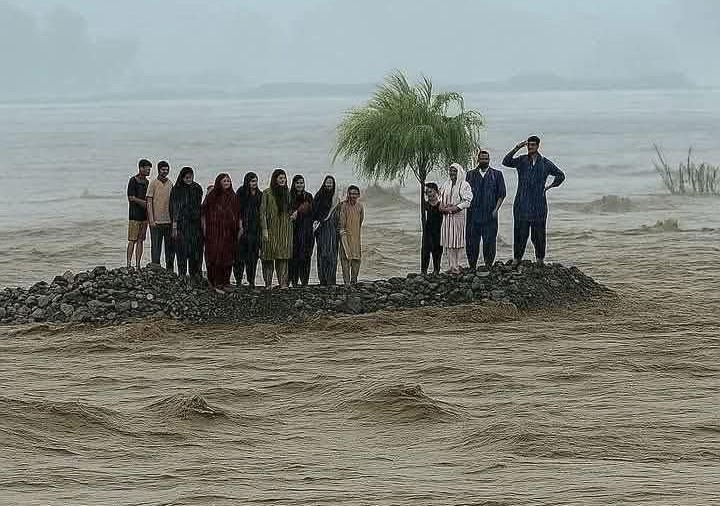Experts say Pakistan’s agricultural future depends not just on what it grows, but how it grows it
By Muhammad Daud Khan
Zaman Khan, 52, a third-generation farmer from Charsadda, has spent his life growing vegetables, wheat, maize and tobacco. Like many traditional farmers in Pakistan, he seeks advice from local Agriculture Department offices before sowing his crops, but rarely follows through on the recommendations.
“I don’t trust the officers who sit behind desks and never visit the field,” he says. “They don’t understand the ground realities.”
Zaman recalls when agricultural experts used to undertake regular field visits, gathering data directly from farmers’ land. Now, with that practice all but gone, he relies on his own experience and insights. The approach has occasionally proven costly.
He planted cauliflower earlier this year, acting on instinct rather than consultation. As there was no demand for the vegetablein the market, the entire crop went unsold. “It’s my land, investment, and loss,” he says. “Why should I follow the advice of someone who doesn’t step out of his office?”
“This disconnect between scientific knowledge and practical farming is part of a larger systemic issue,” says Dr Saqib Hussain Bangash from Parachinar, who has a PhD in crop environment, ecology and agritech.
“In today’s world, food production is not guesswork,” says Dr Bangash in an interview with The News on Sunday. “Most countries are moving towards precision agriculture, producing only what’s needed, where it’s needed and when it’s needed. This is the essence of agritech (agriculture through technology).”
He believes that Pakistan is still operating in an outdated model, where crop selection is driven more by tradition and individual choice than actual need. “Farmers grow what they feel like growing, not what the country requires. As a result, some crops flood the market while others are scarce. It’s inefficient and leads to waste.”
Dr Bangash says assurance of food security begins with data: “How much arable land do we have? How many farmers? What does the population require? Unless these questions are answered and the information acted upon, Pakistan will continue to face recurring agricultural crises.”
Sher Bahadur, 65, another experienced farmer from Charsadda, Khyber Pakhtunkhwa, echoes some of these concerns. However, he, too, believes that field experience often trumps technical advice.
“When a crop like tobacco yields profit, everyone jumps in, even people who know nothing about farming,” he says. “In the past two years, tobacco has brought good returns. So this year, even non-landowners have leased fields to grow tobacco.”
This has driven land lease prices up and saturated the market. “Lease costs have tripled,” Sher Bahadur says. “Now that tobacco is everywhere, I expect the price to crash. Many farmers will suffer heavy losses.”
He says the same thing happens with wheat and other crops. Whenever their prices rise, there is mass cultivation leading to oversupply and eventually, a dip in price. “There’s no planning. Seasonal farmers lose money; so do experienced ones, like me.”
New patterns are unfolding amid alarming climate warnings. The UN’s World Meteorological Organisation recently reported that global temperatures could rise by 2 degrees Celsius above pre-industrial levels within five years, potentially causing significant declines in crop yields.
Dr Bangash argues that climate-smart planning must become a core part of Pakistan’s agricultural strategy. “Pre-harvest planning is essential. Weather is a major variable, but with the right technology, it can be controlled or mitigated.”
He points to large-scale initiatives in countries like China and India, where vast greenhouse facilities and controlled-weather sheds span several kilometres. These structures allow year-round cultivation by regulating temperature, humidity and rainfall. “They’re not just growing crops, they are managing ecosystems.”
In Pakistan, localised weather knowledge exists but is rarely acted upon strategically. “Farmers in Parachinar, Upper Dir, Chitral and Upper Swat know that hailstorms occur between April and July,” says Dr Bangash. “Yet, we still plant vulnerable crops in these regions. Instead, we should focus on weather-resistant varieties in these areas and grow wheat or other staples in safer zones.”
Beyond cultivation, post-harvest losses pose a major threat to food security. Dr Bangash stresses that proper storage and transport systems are just as critical as planting decisions.
“Hermetic storage technology, for example, can protect grains from moisture and pests. It’s a low-cost, high-impact solution,” he says. “We lose thousands of tonnes of food every year simply because we are not storing it correctly.”
He says that food security requires an integrated approach combining traditional farming knowledge with modern technology, science-backed policy and responsive market intelligence.
“Agritech can help detect plant diseases early, track soil conditions in real time and help farmers make better decisions,” he says. “But the human element is crucial. Farmers, scientists and policymakers must collaborate if we want to build a resilient system.”
Pakistan’s agricultural future depends not just on what it grows, but how it grows it, says Dr Bangash. “Aligning farming with population needs, embracing technology and preparing for climate challenges is the way forward.”
The writer is a multimedia producer and Co-founder of Climate Watch. He tweets @daudpasaney




